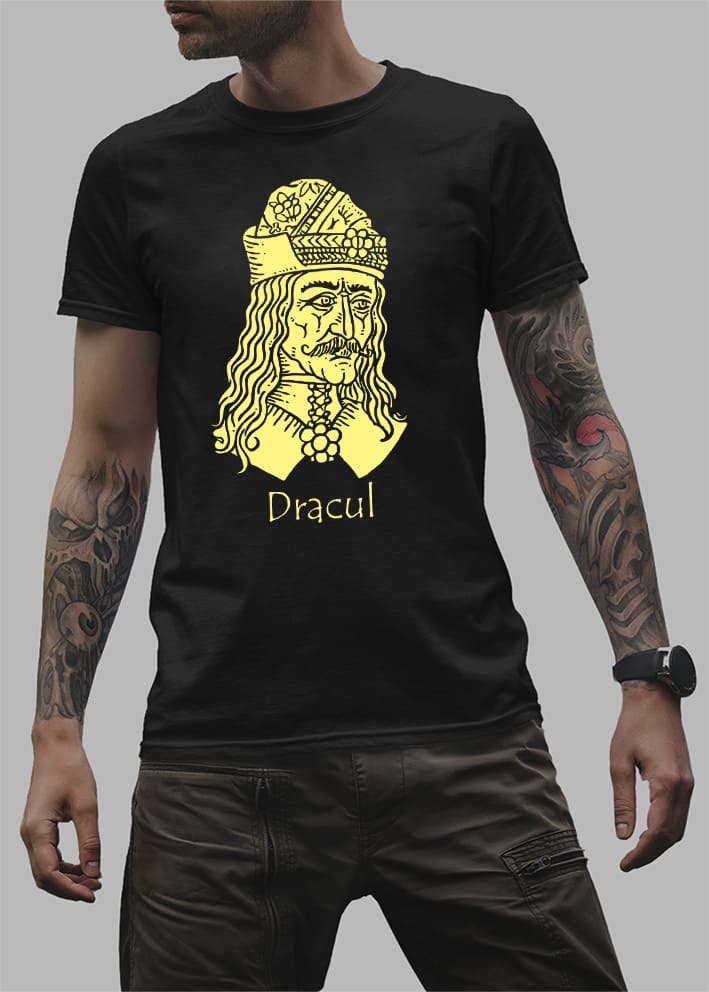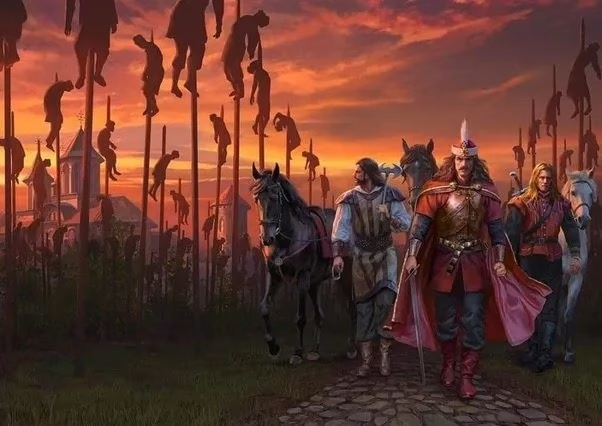Vlad the Impaler: Tyrant, Warrior, and Legend
Introduction: The Man Behind the Monster
Few figures in history evoke as much intrigue and terror as Vlad III Dracula, better known as Vlad the Impaler. A ruler of Wallachia in the 15th century, his name is forever etched in blood and legend, immortalized both as a national hero and a monstrous tyrant. His story is one of political cunning, unrelenting brutality, and an unyielding defense against the encroaching Ottoman Empire. But was he a savior or a sadist? A liberator or a legend steeped in nightmare? The truth, as always, is drenched in shades of crimson.
The Birth of a Dragon’s Son
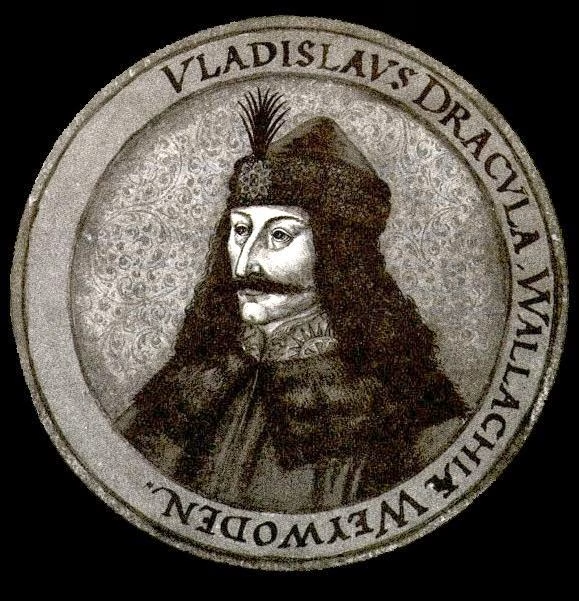
Vlad III was born in 1431 in the Transylvanian city of Sighișoara, the son of Vlad II Dracul, a member of the Order of the Dragon—a chivalric order devoted to the defense of Christianity. This lineage granted young Vlad the surname “Dracula,” meaning “son of the dragon” or, in darker interpretations, “son of the devil.”
His youth was spent in captivity under the Ottoman Sultan, held as a political hostage to secure his father’s loyalty. In this crucible of deception and violence, he learned the ruthless art of power, absorbing the military strategies of his captors while stewing in resentment. When his father was assassinated and his brother Mircea was brutally executed, Vlad emerged from the ashes, thirsting for vengeance.
The Rise of the Impaler
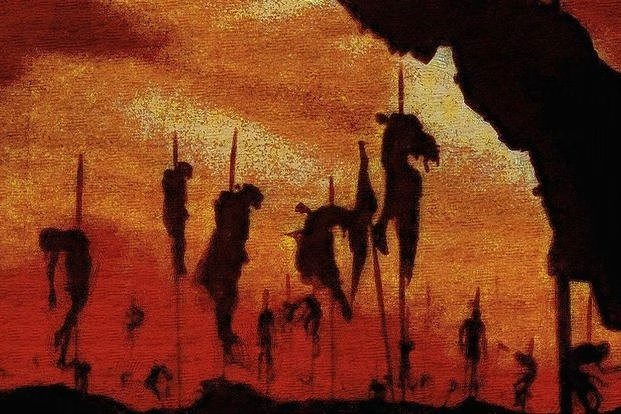
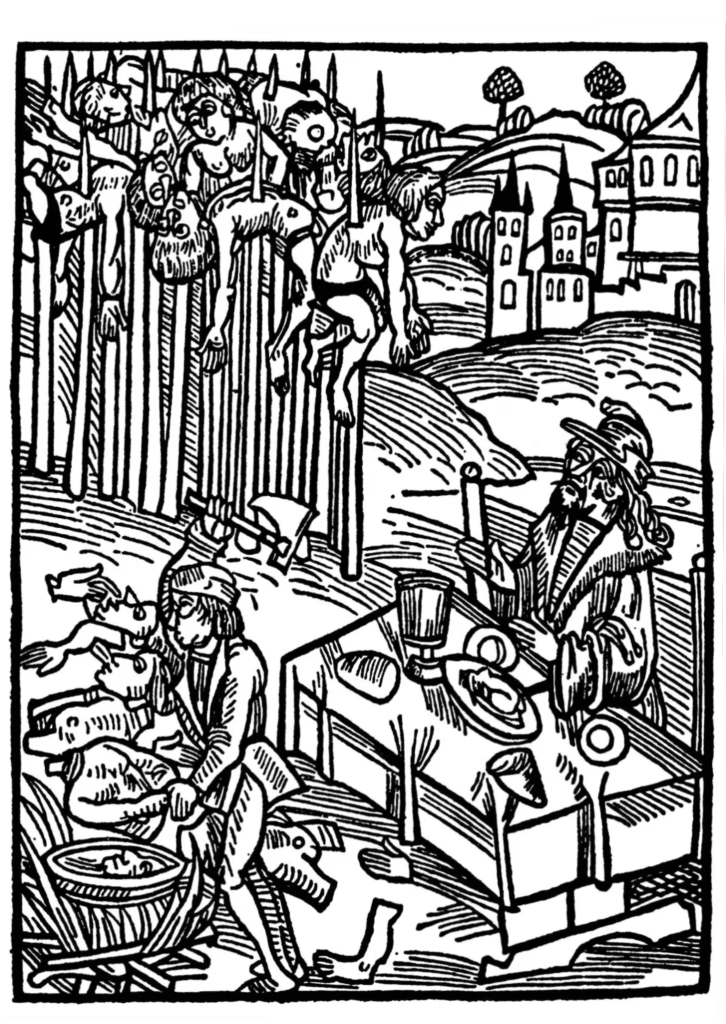
Vlad’s ascent to the Wallachian throne was not straightforward. Seizing power in 1448 with Ottoman backing, he was swiftly ousted, only to return with brutal resolve in 1456. Now, he ruled with an iron grip, determined to purge corruption, enforce absolute control, and, above all, repel the ever-looming Ottoman threat.
To secure his reign, he deployed fear as both a weapon and a deterrent. His preferred method of execution? Impalement,a grotesque practice where victims were skewered on wooden stakes and left to die in slow agony. It was a spectacle of horror designed to break spirits before the battle even began
The Forest of the Dead: 1462
One of Vlad’s most infamous acts occurred during the Ottoman invasion of 1462. Sultan Mehmed II, believing Wallachia ripe for conquest, marched his vast army toward Târgoviște. But what awaited him was a sight beyond human comprehension: an entire forest of impaled corpses—Turkish soldiers, traitors, and criminals—all rotting in grotesque silence.
The psychological warfare was devastating. Confronted with this nightmarish vision, the Ottoman army hesitated, its morale shattered. The Sultan, despite his superior numbers, retreated. Vlad had weaponized terror itself.
The Dark Legacy of a National Hero
Despite his monstrous reputation, Vlad is celebrated in Romania as a national hero,a warrior who stood against the tide of Ottoman expansion. His methods were brutal, but his goals were clear: secure Wallachian independence at any cost.
Yet outside his homeland, Vlad’s legend took a darker turn. Saxon pamphlets painted him as a deranged butcher, describing ghastly feasts amid the impaled bodies of his enemies. These tales, distorted by time and political propaganda, laid the foundation for Bram Stoker’s Dracula, a gothic nightmare that fused history with horror.
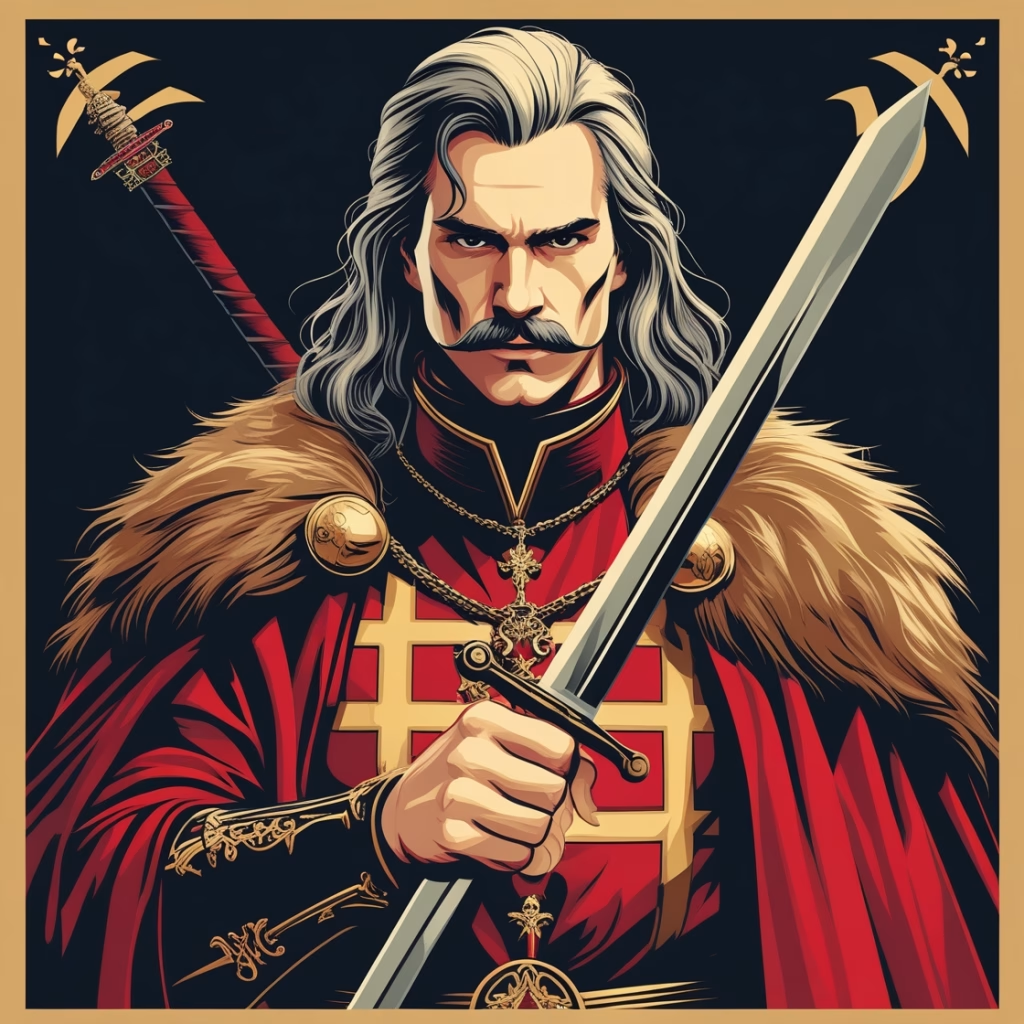
Fact or Fiction: Vlad and the Vampire
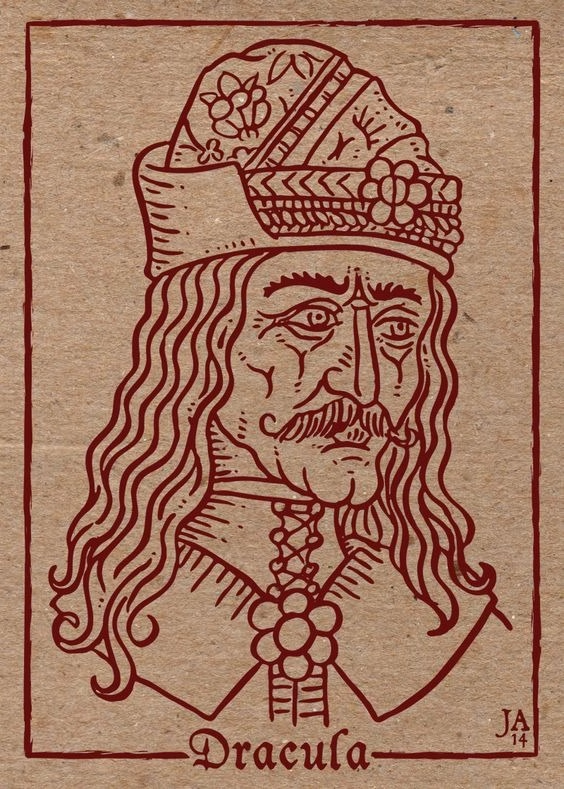
Bram Stoker’s 1897 novel introduced the world to Count Dracula, a supernatural predator with an insatiable thirst for blood. While Stoker never explicitly based his vampire on Vlad, the connections are undeniable—both figures exude an aura of darkness, an unrelenting will, and an intimate relationship with death.
But the real Vlad was no undead fiend. He was a product of his time—a ruler forged in blood and treachery, operating in an era where cruelty was not just a tool but a necessity.
Vlad the Impaler exists in the twilight between heroism and horror, history and legend. Was he a sadistic tyrant, reveling in suffering? Or a misunderstood leader, forced to embrace darkness to protect his land?
Perhaps he was both.
Vlad III’s reign came to an end in 1476 when he was killed in battle against the forces of Basarab Laiotă.
His name still echoes through time, a whisper in the winds of Transylvania, a shadow cast long and deep. And in that shadow, he remains eternal.
Deth.art_crafts tribute to Vlad Tepes

Insired by Vlad Tepes and his legacy dethartcrafts.gr has created two unique T-shirt designs available to you also! His legacy lives on!
